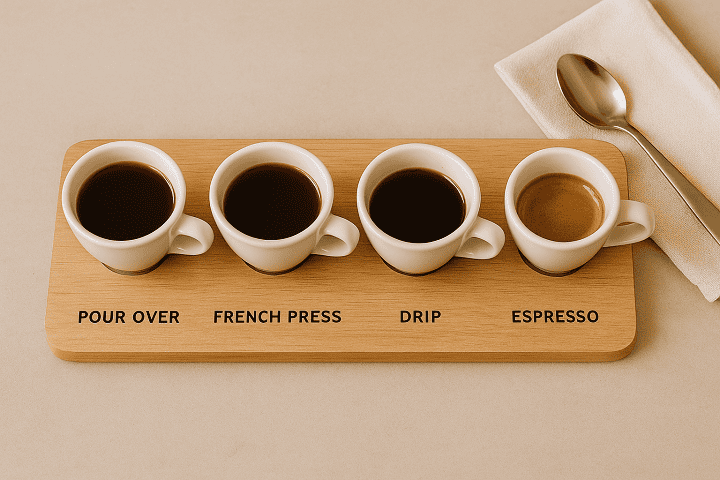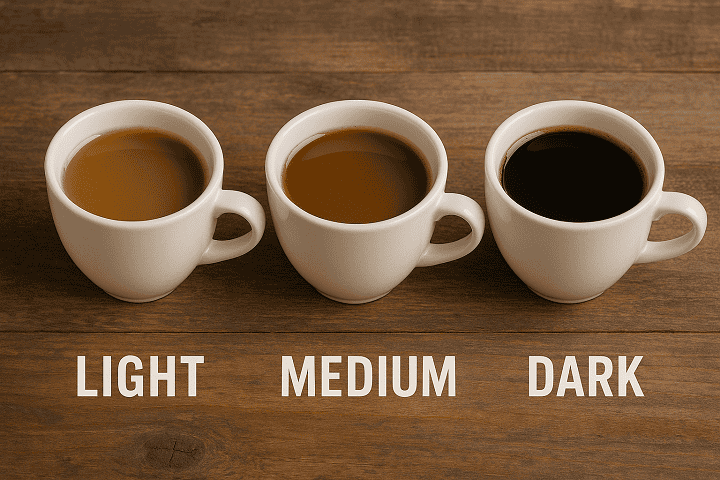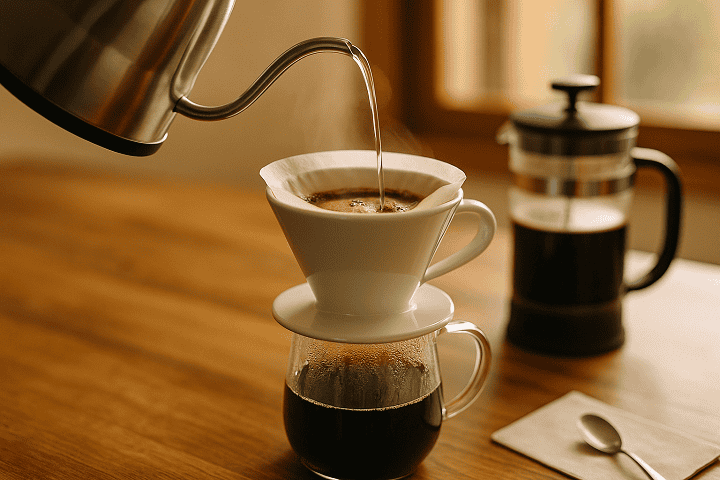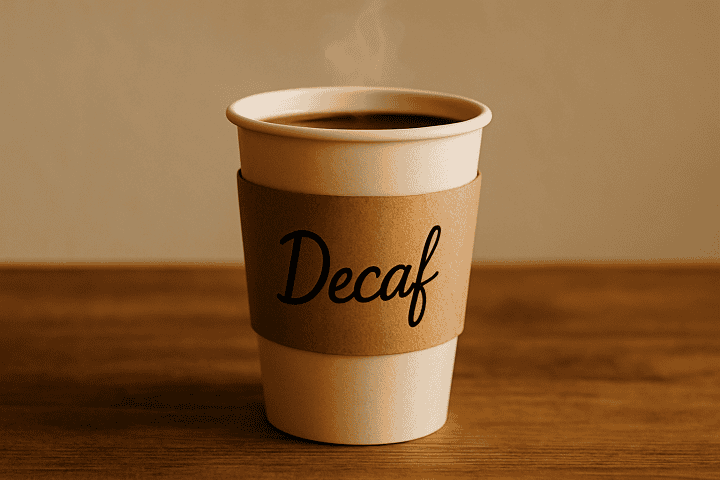Coffee comes in many forms, and how you make it can change the taste a lot. If you are new to coffee, all the choices can feel a bit much. This post is meant to help you understand the most common ways people brew coffee at home. You will learn about what goes on during brewing, how coffee grounds and water matter, and what makes each method a little different. By the end, you should have a better idea of which way might fit what you want from your next cup. If you want to figure out which brewing style to try or just want to know more about what goes into your mug, you are in the right place.
How Coffee Brewing Methods Work
Brewing coffee is about mixing hot water with ground coffee beans in a way that brings out the taste and smell of the beans. The process usually starts with measuring the right amount of coffee and water. Different brewing methods use different tools, but the main steps are the same. You let the water meet the coffee grounds, wait a certain amount of time, and then separate the liquid from the grounds.
The size of the coffee grounds can change how your cup tastes. Some methods, like French press, use coarse grounds that look like breadcrumbs. Others, like espresso, use fine grounds that feel like powder. If the grounds are too fine for a certain method, the coffee might taste bitter. If they are too coarse, it can taste weak or sour. Picking the right grind size for your method makes a difference in how the coffee turns out.
Water temperature and how long it stays in contact with the coffee also matter. Most brewing methods work best when the water is between 195 and 205 degrees Fahrenheit. If the water is too cool, the coffee may taste flat. If it is too hot, it may taste burnt. Steeping or brewing times also change depending on the method. For example, espresso takes less than a minute, but cold brew can take many hours. Getting the temperature and timing right helps you get the most from your coffee beans.
Comparison of Popular Brewing Methods
French press, pour-over, drip, and espresso are some of the best-known ways to make coffee at home or in a café. Each method has its own steps and equipment. A French press uses a glass or metal container with a plunger. Ground coffee goes in with hot water, and after waiting a few minutes, you push the plunger down to separate the grounds from the liquid. This method often gives a strong and bold flavor with a bit of sediment.
Pour-over coffee uses a cone-shaped device that holds a paper or metal filter. You pour hot water over the coffee grounds by hand, letting the water flow through the coffee and into a container below. This process lets you control the speed and amount of water, which can give a clean and even taste. Drip coffee makers use a similar idea, but the machine heats the water and pours it over the grounds for you. Drip coffee is common in many homes and offices, and it makes several cups at once with just the push of a button.
Espresso is different from the other methods because it uses high pressure to force hot water through finely ground coffee. This process makes a small, strong shot of coffee with a layer of foam on top, called crema. Espresso is the base for many other drinks, such as lattes and cappuccinos. Each brewing method has a different flavor and strength, so people often pick one based on what they like and how much work they want to put in.
Choosing the Best Method for You
Each coffee brewing method can bring out different flavors in your drink. For example, a French press often leads to a heavier taste with more oils from the beans. A pour over usually brings out brighter and cleaner notes. Espresso is strong and bold, while a drip coffee maker produces a smoother taste that many people find familiar. How you like your coffee will help you pick the best way to make it.
The tools you need and your comfort with them can also make a difference. Some methods, like the French press or drip coffee maker, are simple to use and do not need much practice. Pour over and espresso require more control over things like water temperature and timing, so they may take a bit of learning. Think about how much time and effort you want to spend each morning or during your coffee break.
Caring for your coffee tools matters too. A French press has just a few parts to rinse, while a drip coffee maker needs the filter basket and pot cleaned after each use. Espresso machines often need the most care, including regular rinsing and deep cleaning. Pour over gear is easy to wash, usually just a cone and a mug. Keeping your tools clean will help your coffee taste fresh and can help them last longer.
In Summary
Learning about these brewing methods can make it easier to figure out what you want from your coffee. There are many ways to make coffee, each with its own steps, gear, and taste. What works best for you comes down to what you like and how much time you want to spend making your drink. You might want a strong shot of espresso, a smooth cup from a drip machine, or the rich flavor from a French press. Trying out different methods can help you find what fits your taste and routine. No matter which one you choose, paying attention to things like grind size, water temperature, and keeping your tools clean can help you enjoy your cup more each day.



